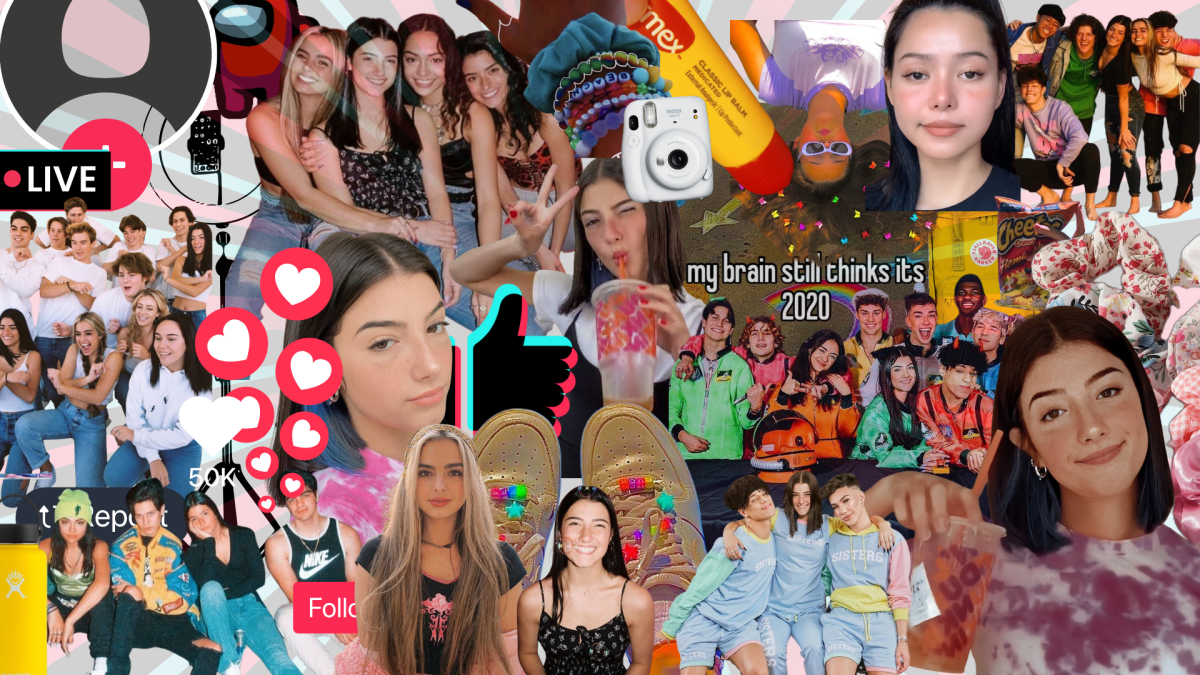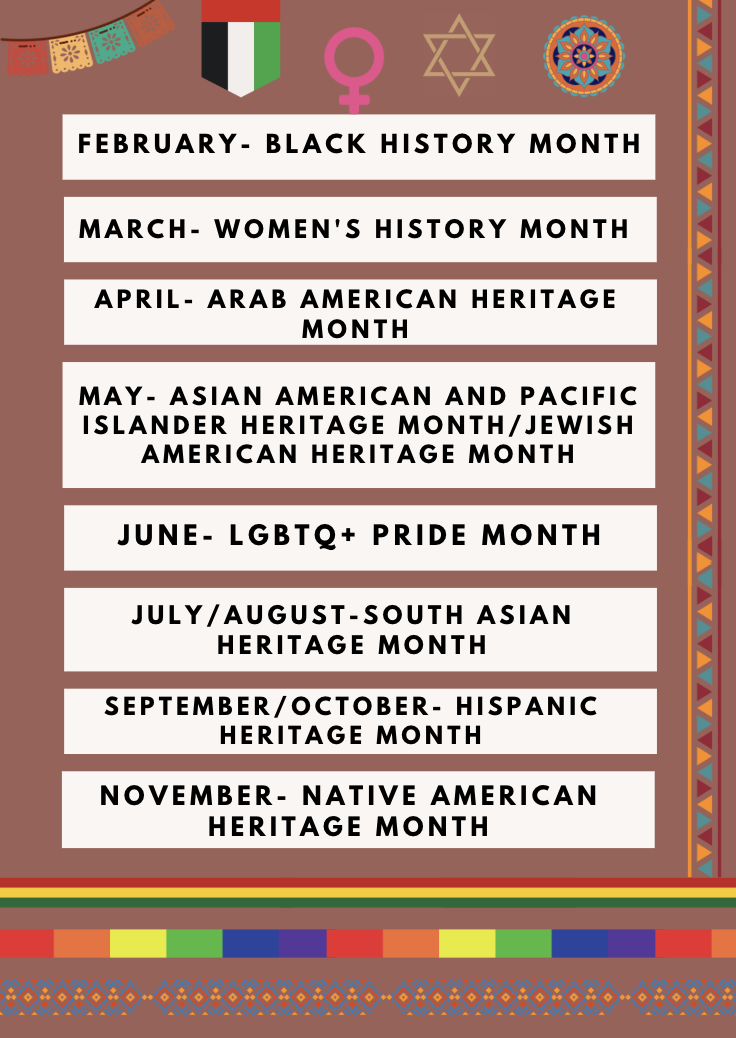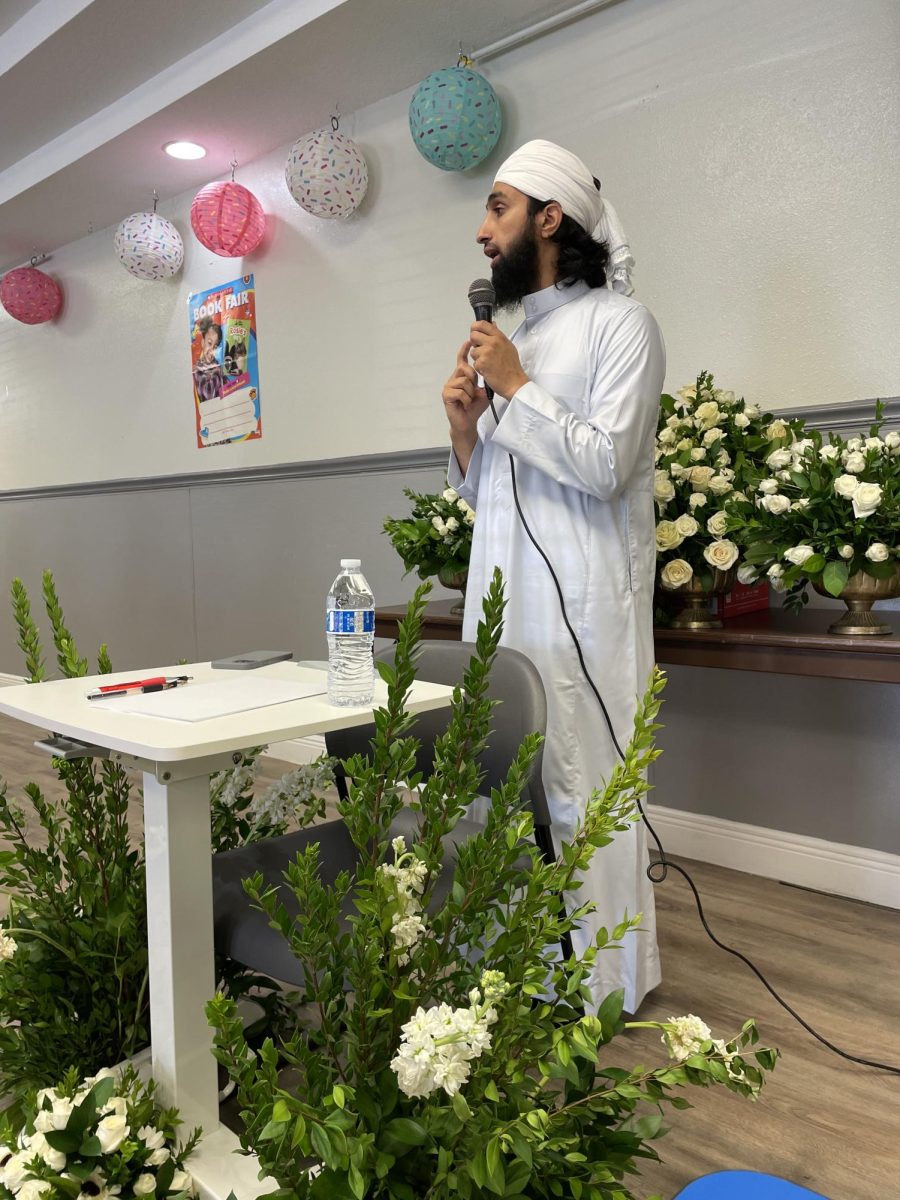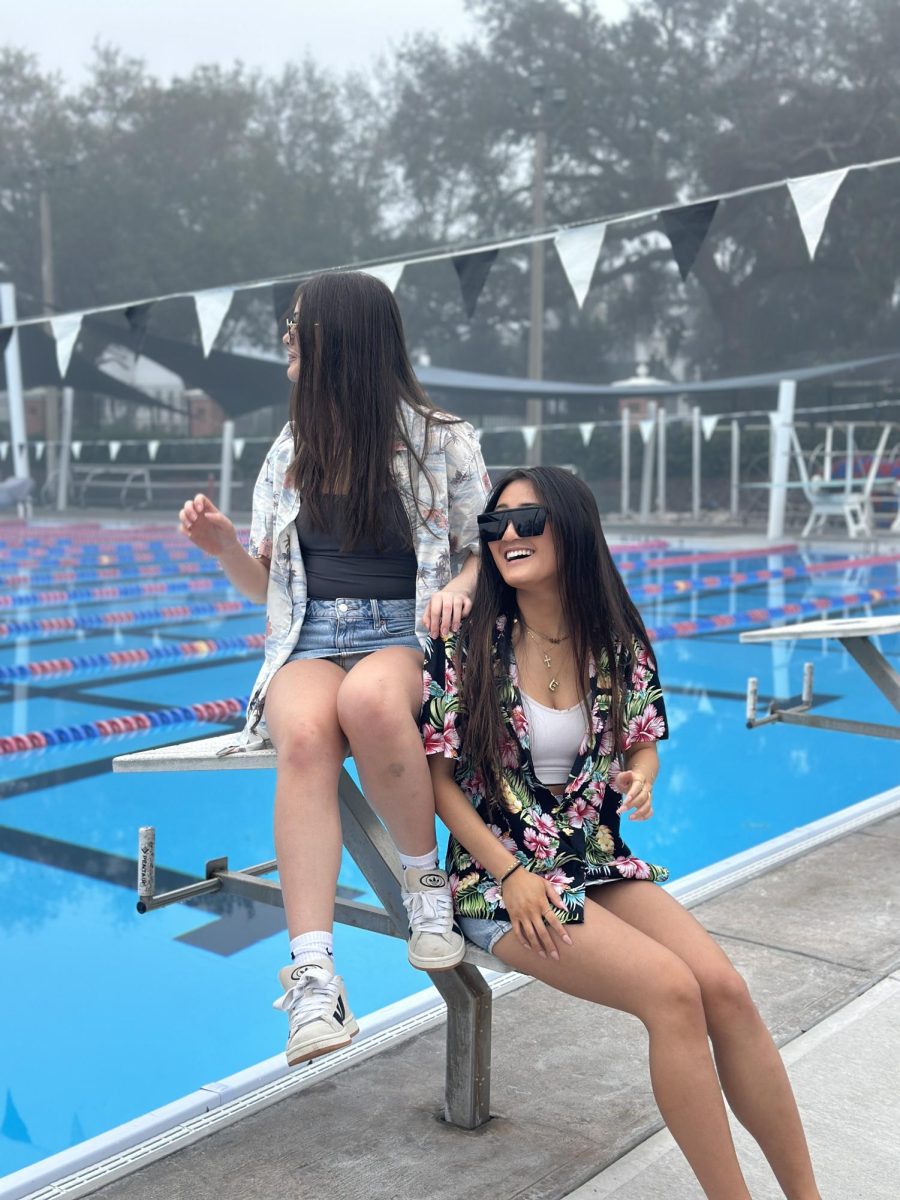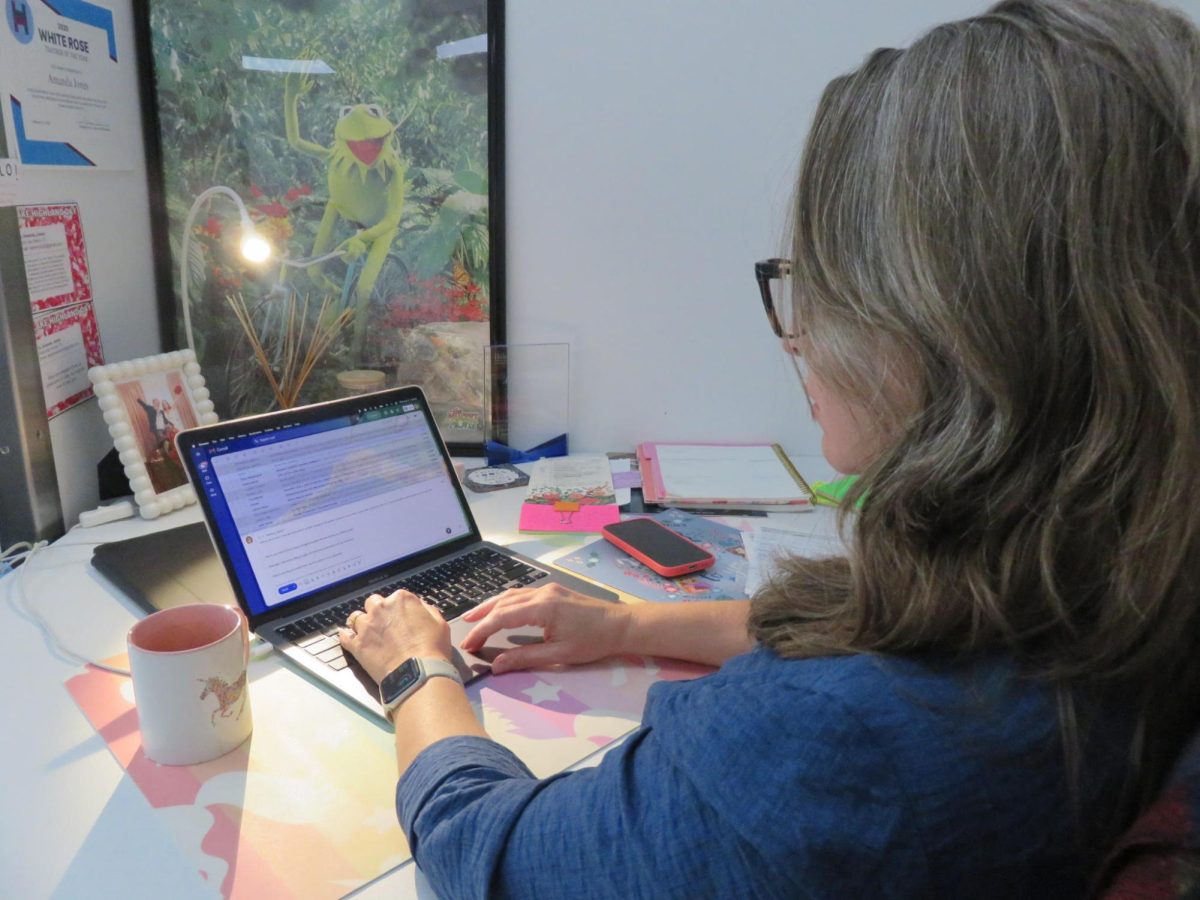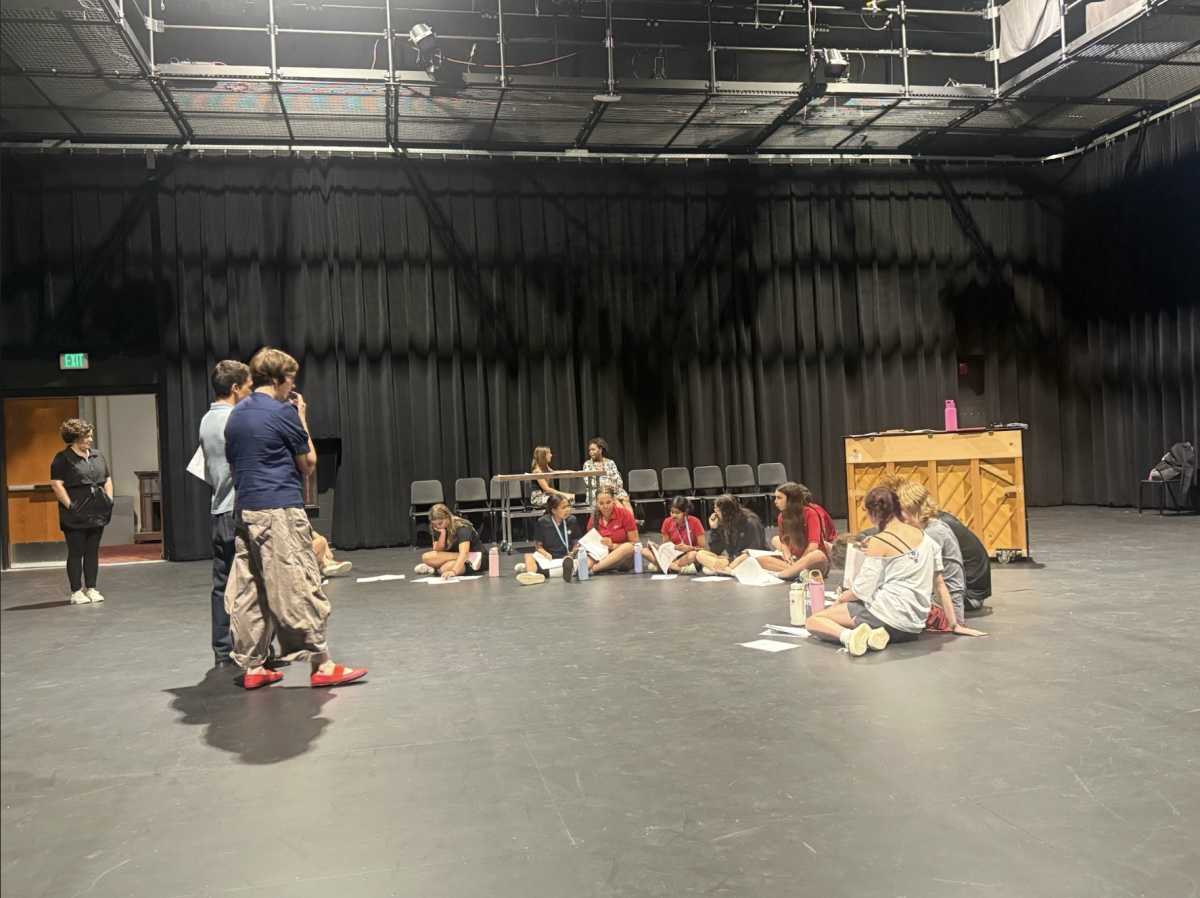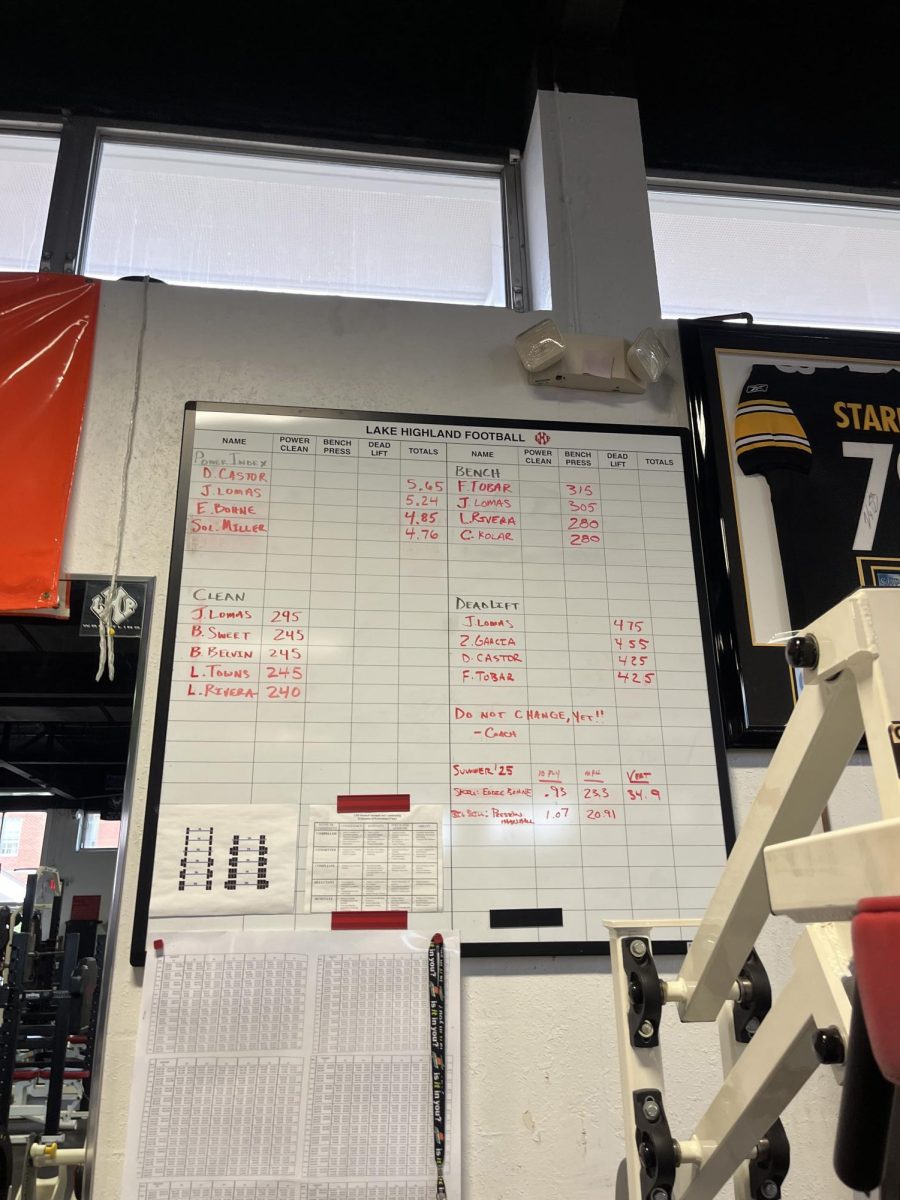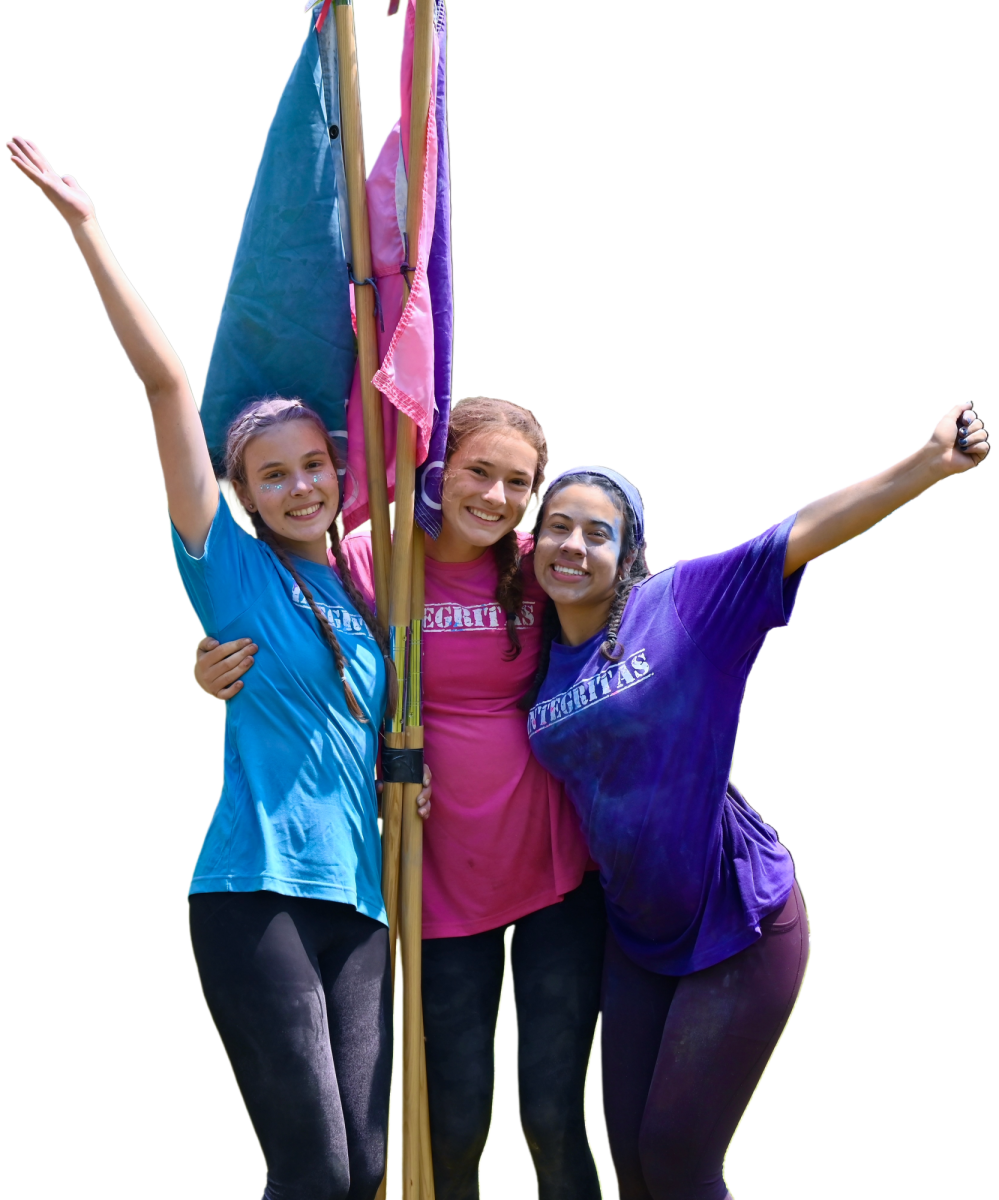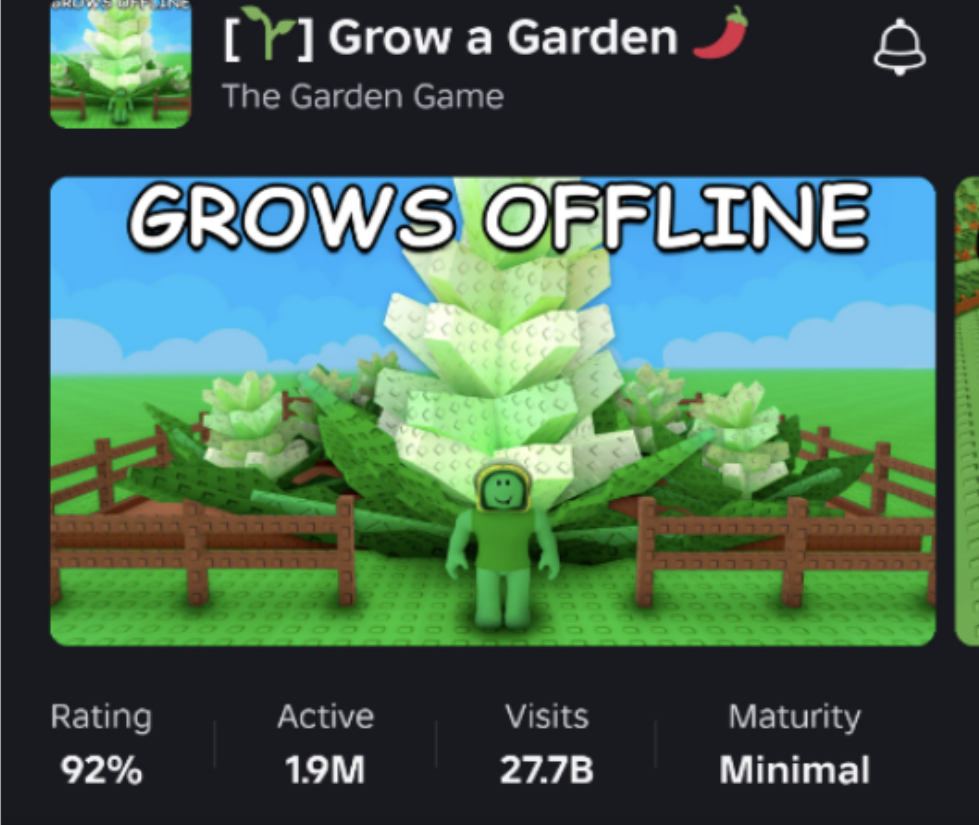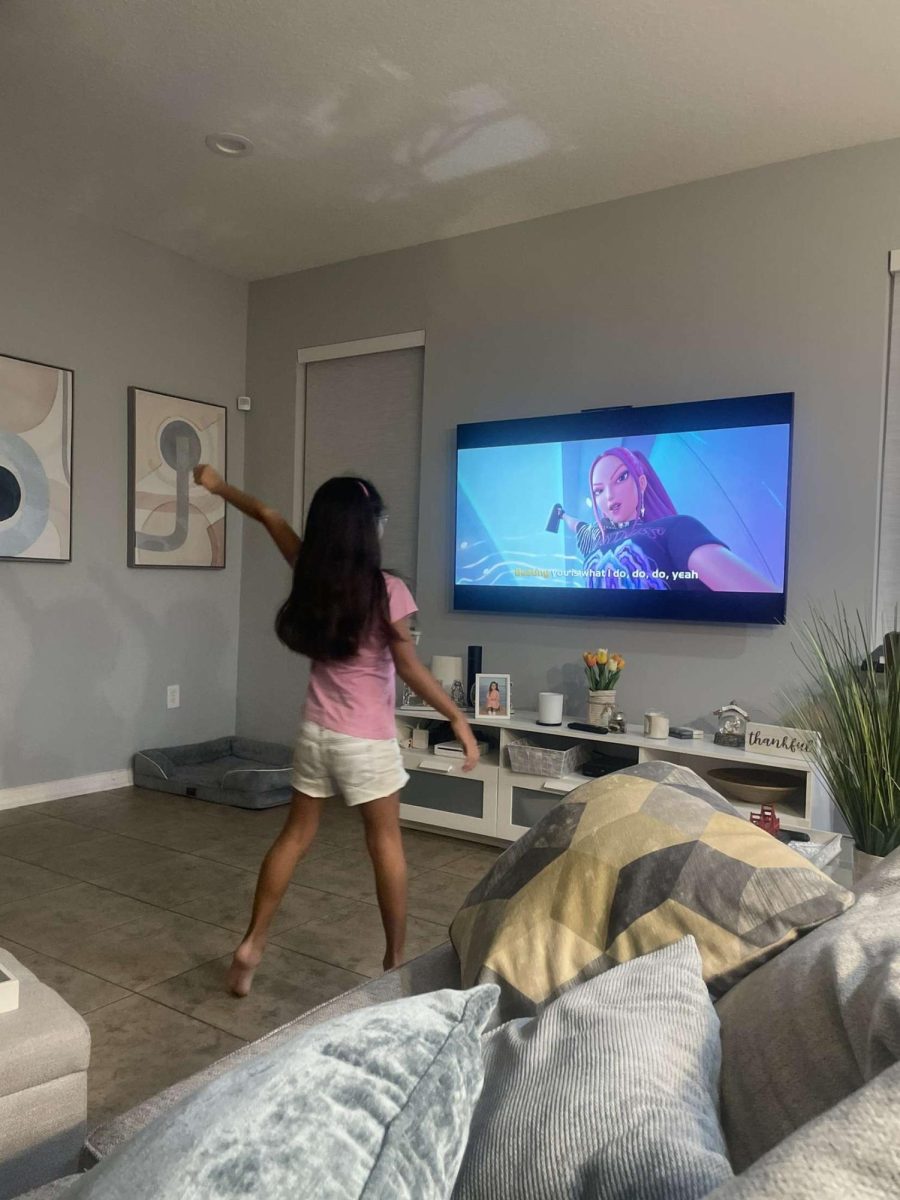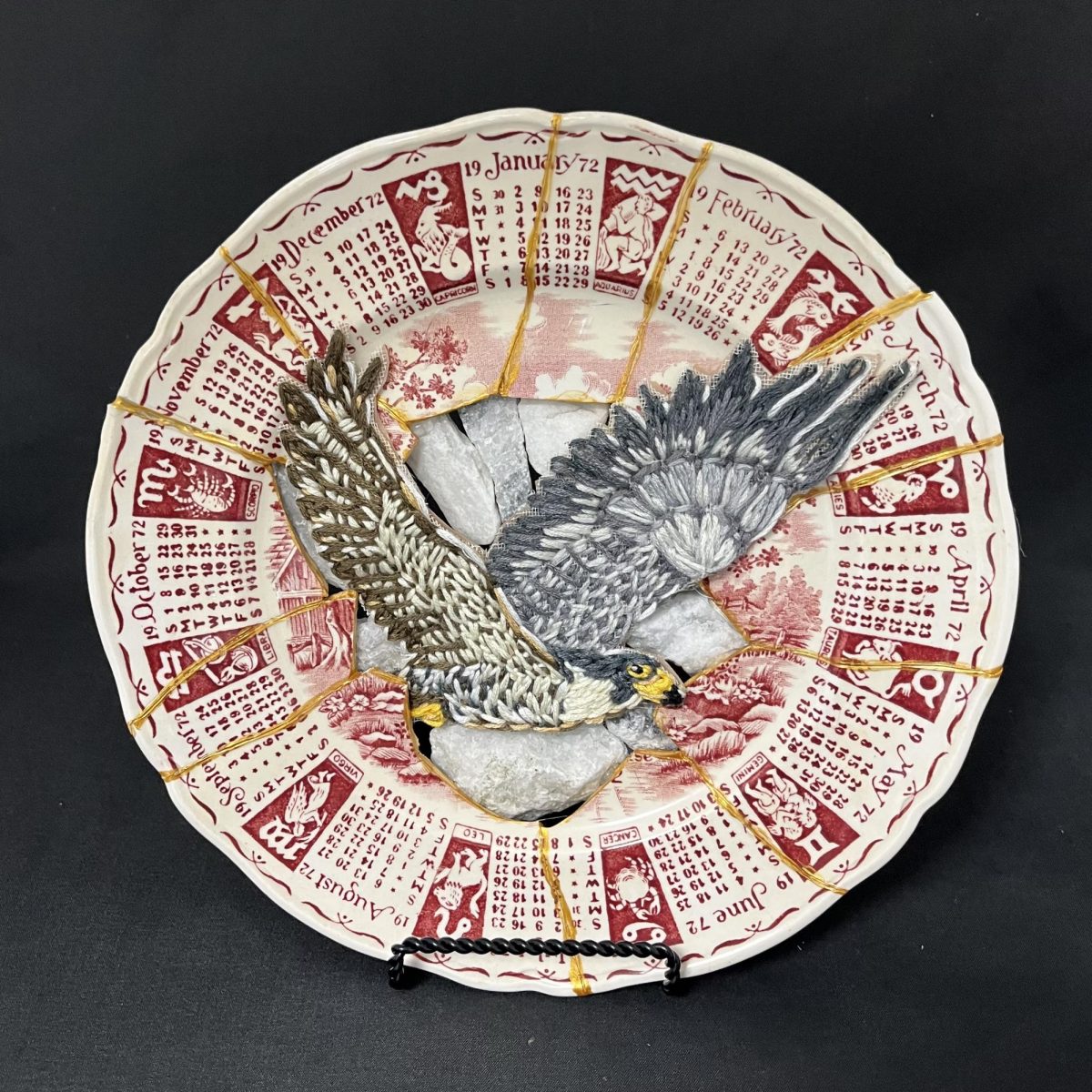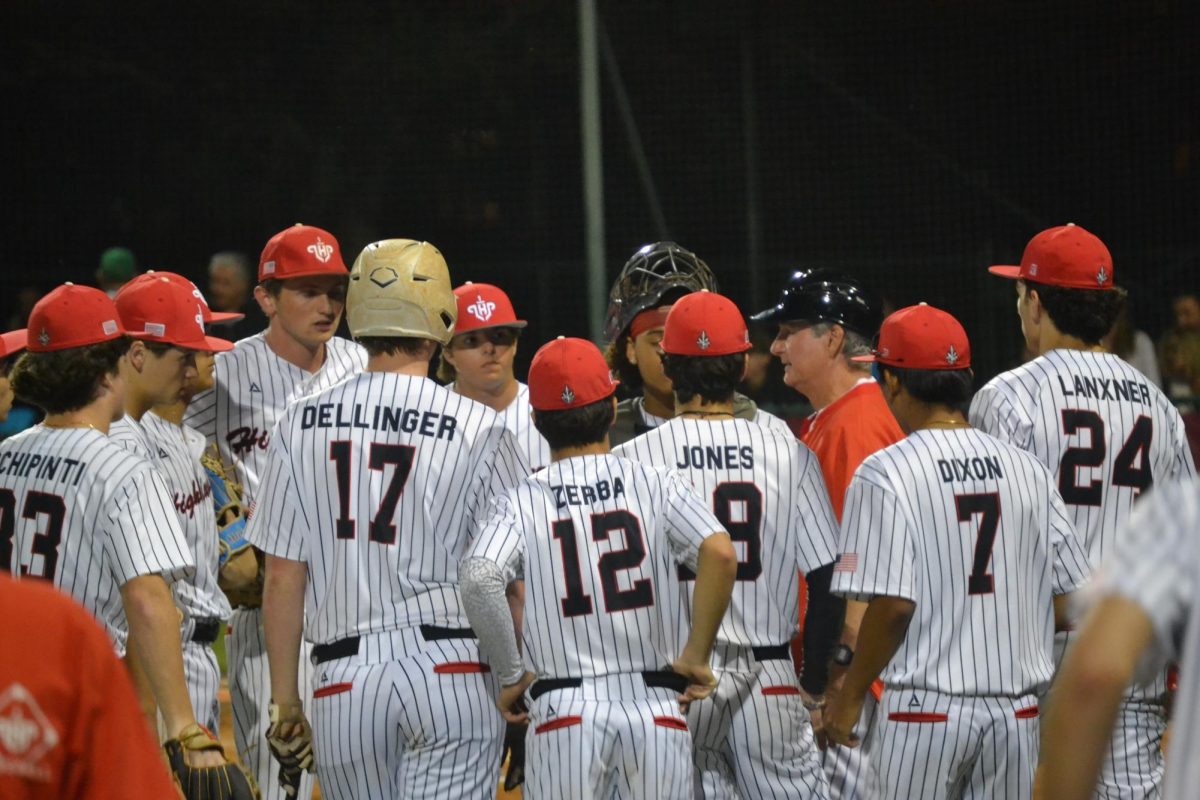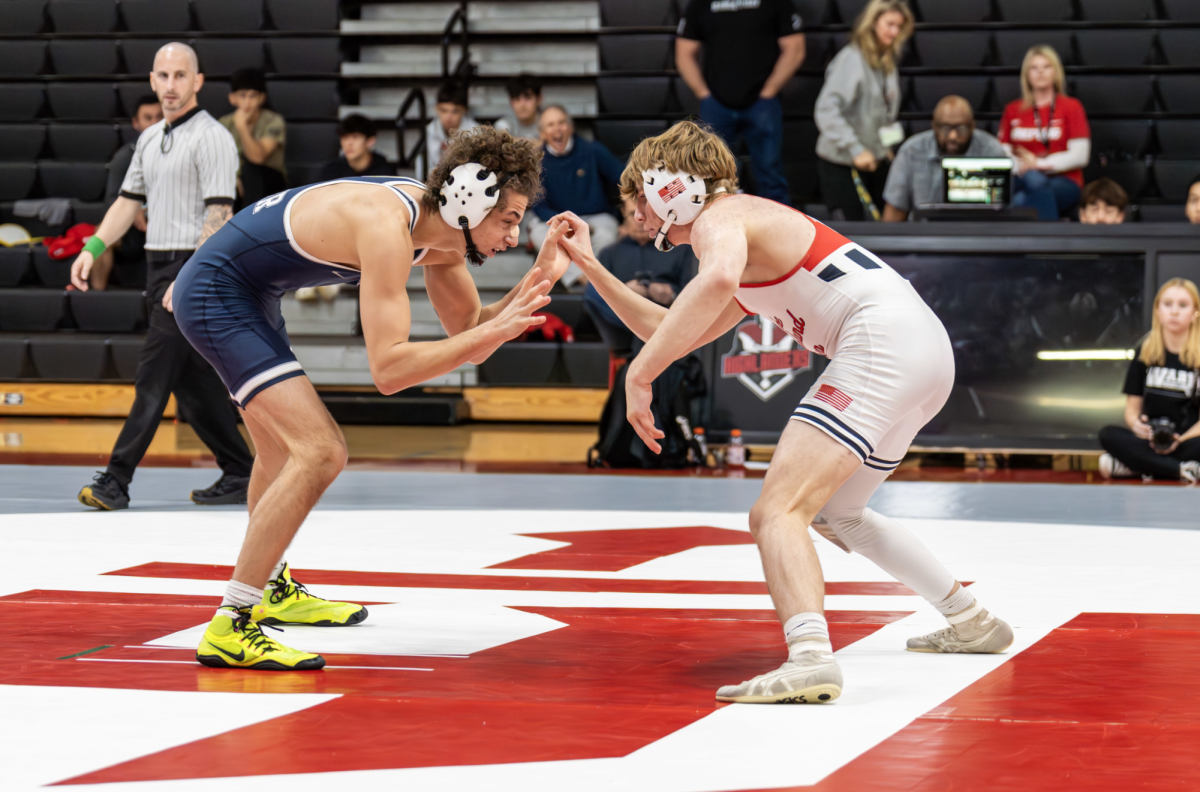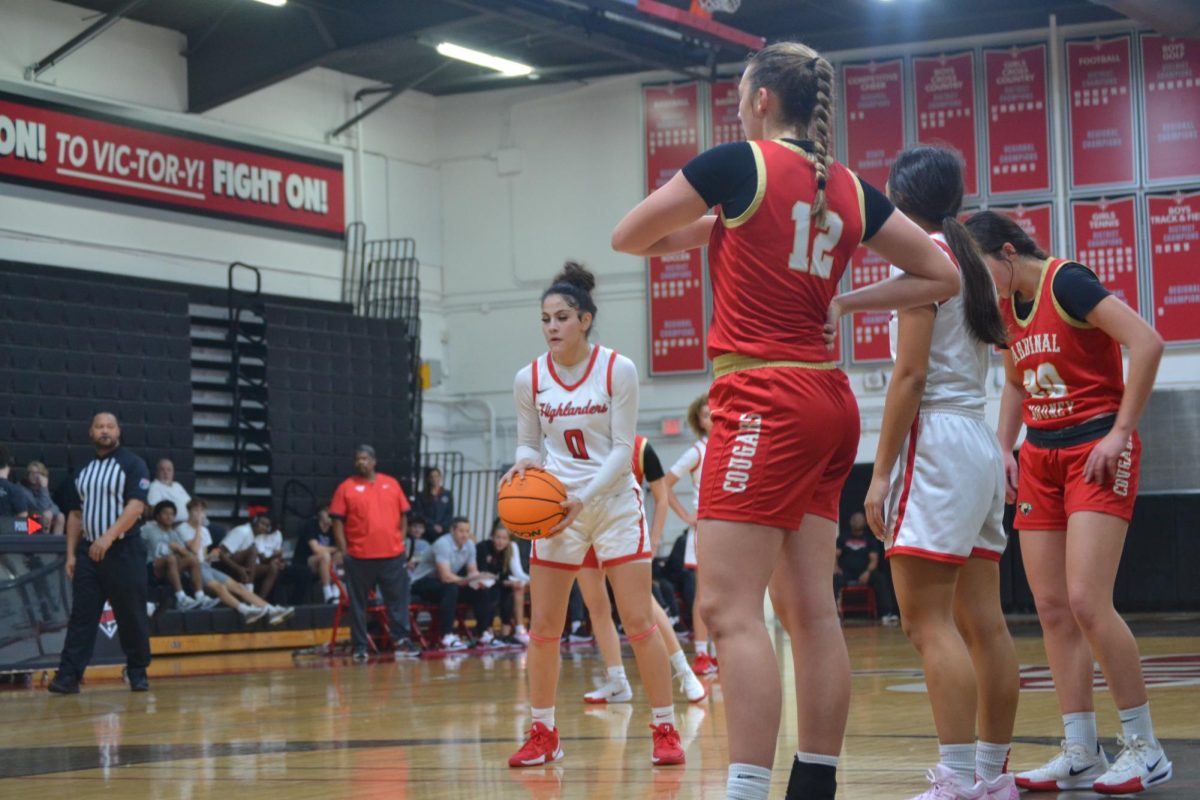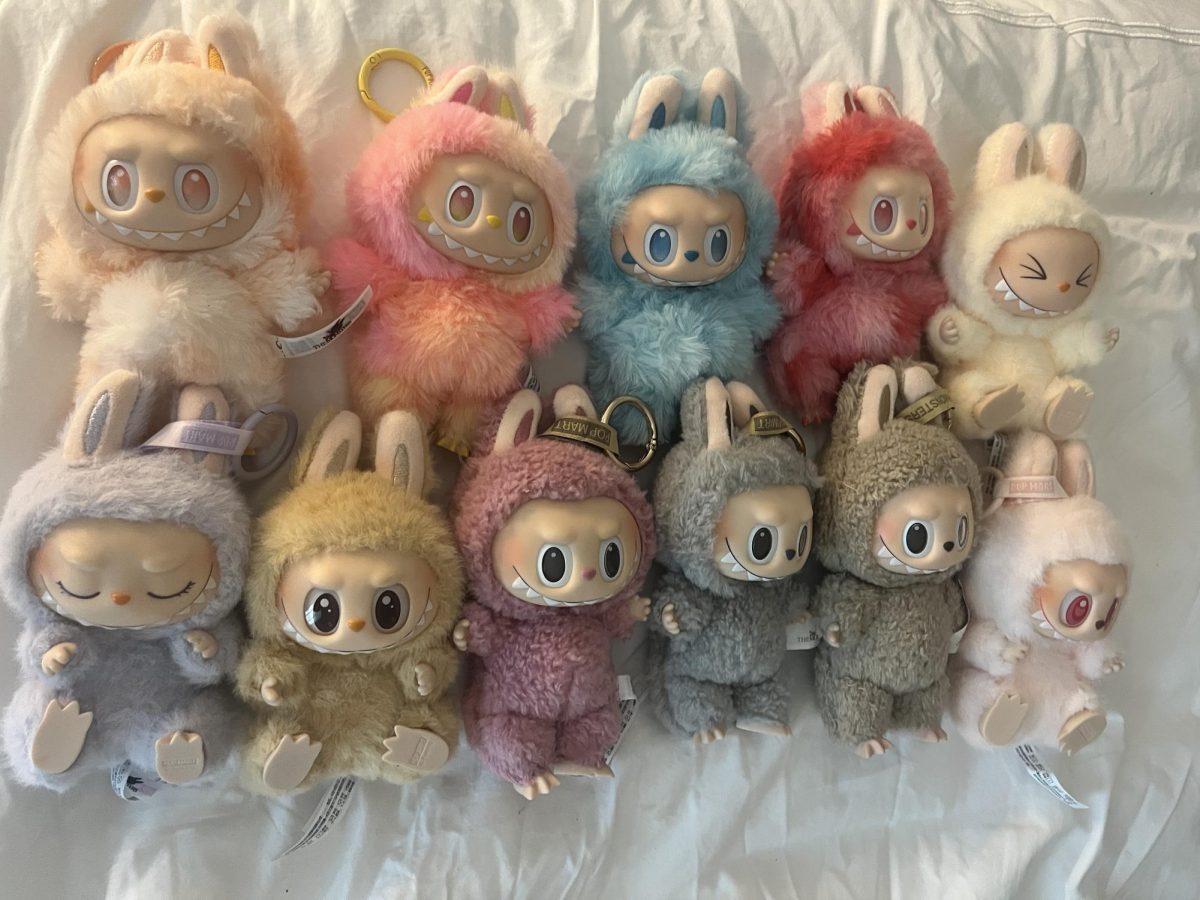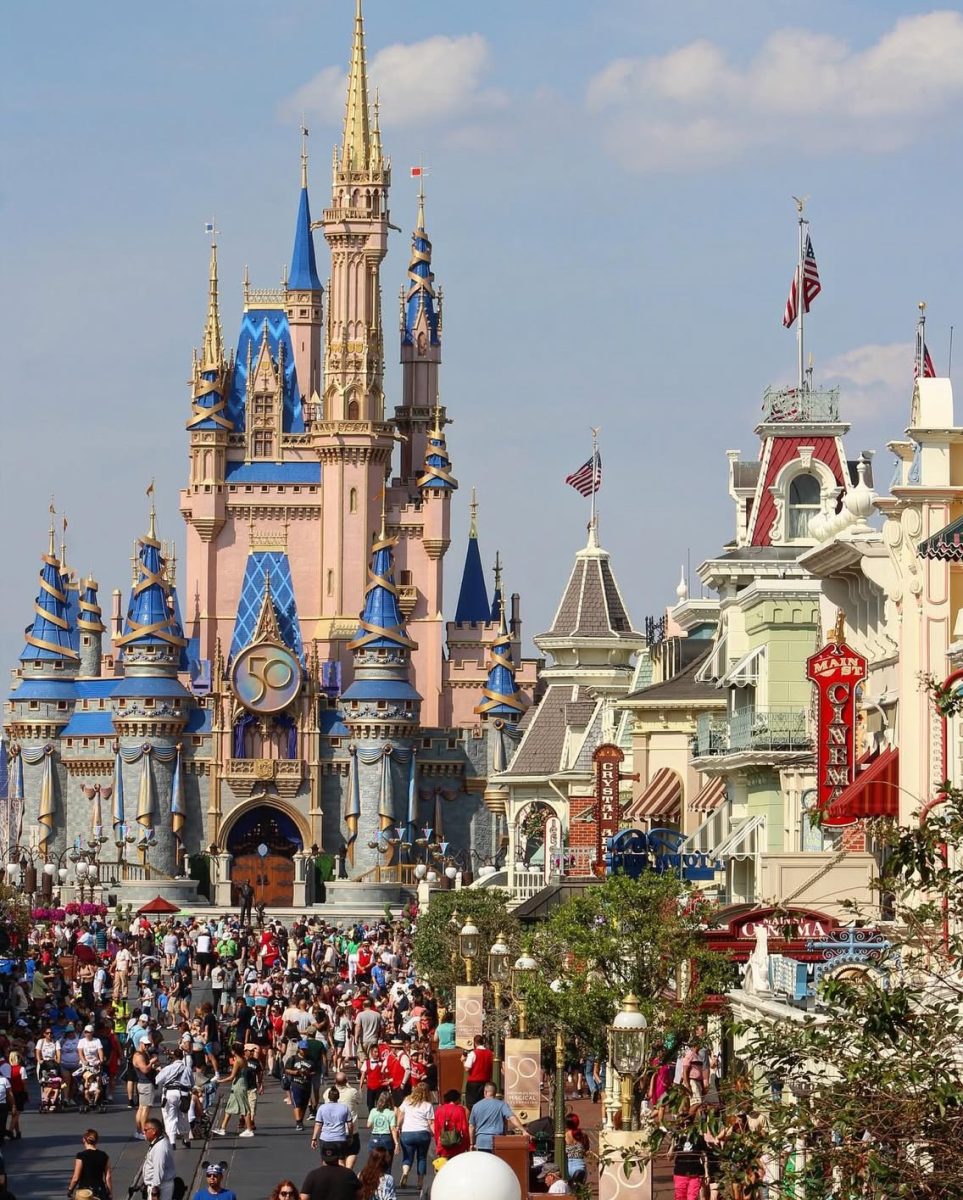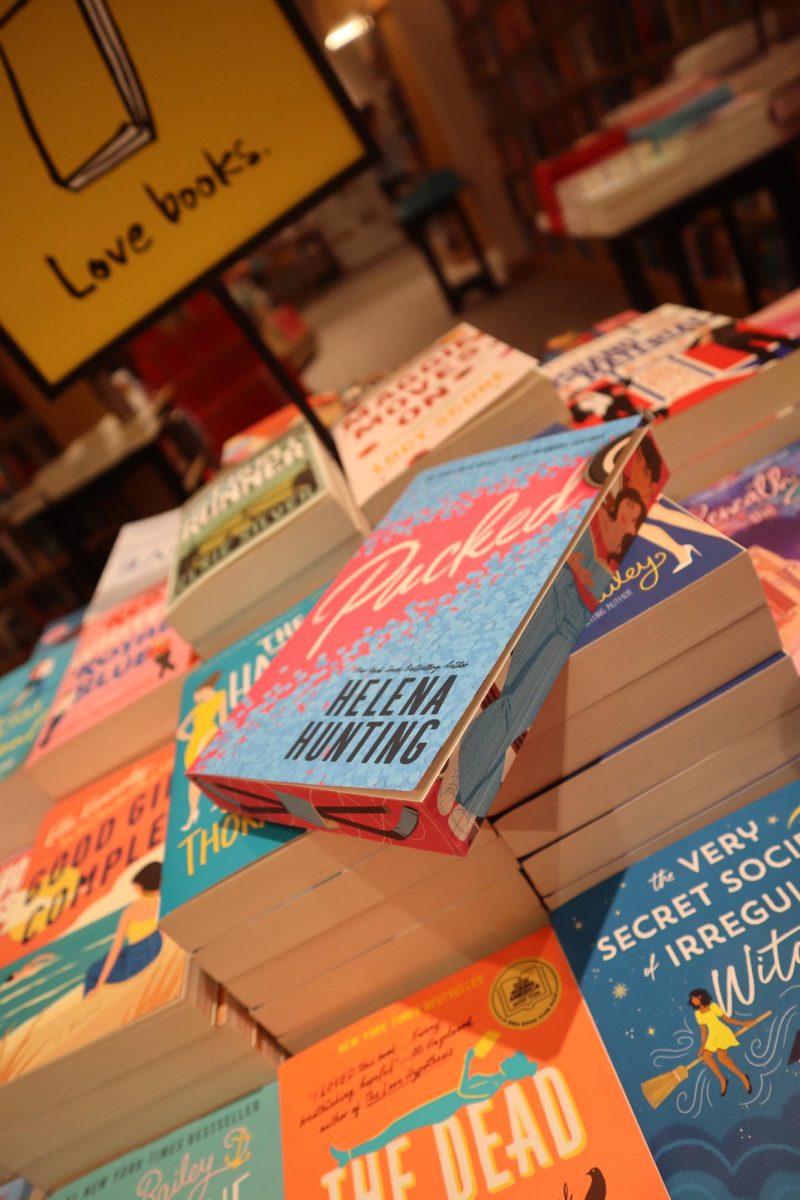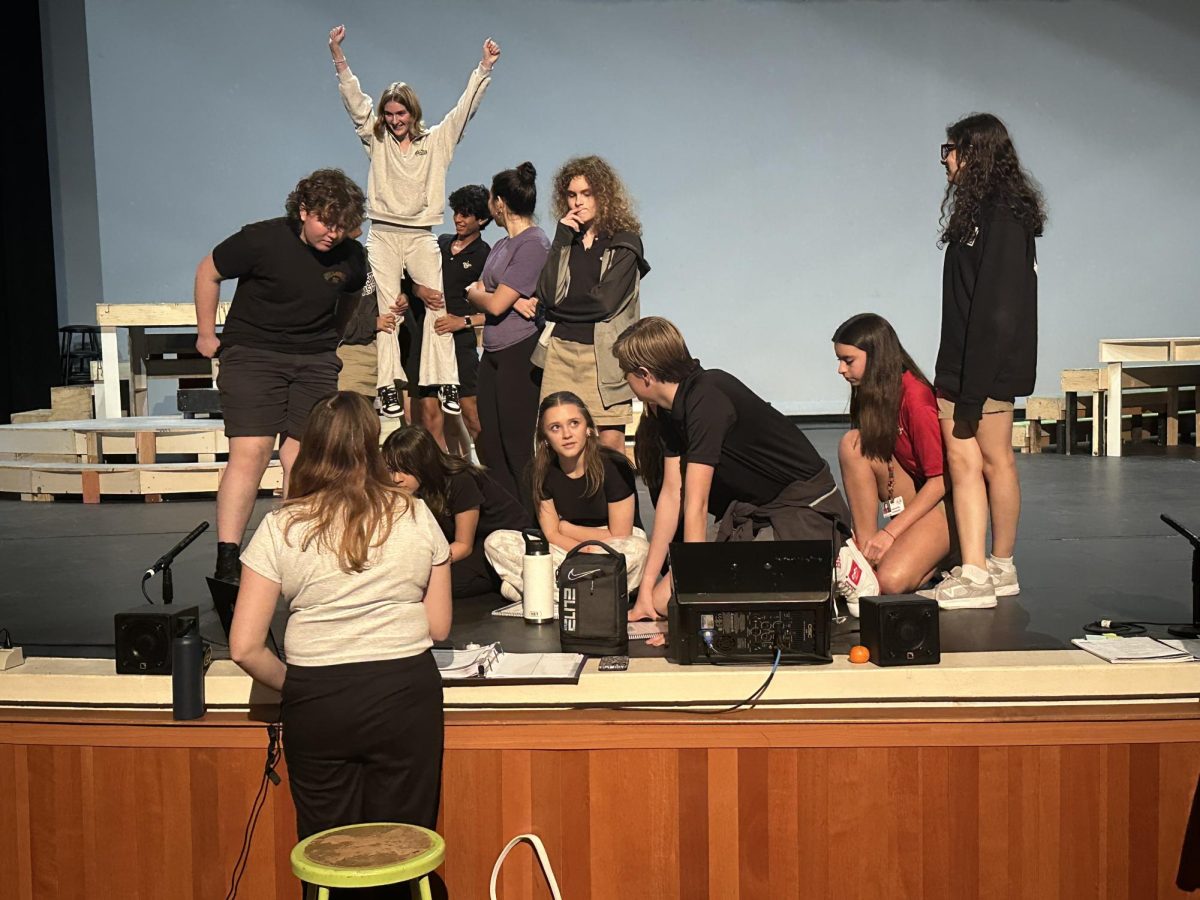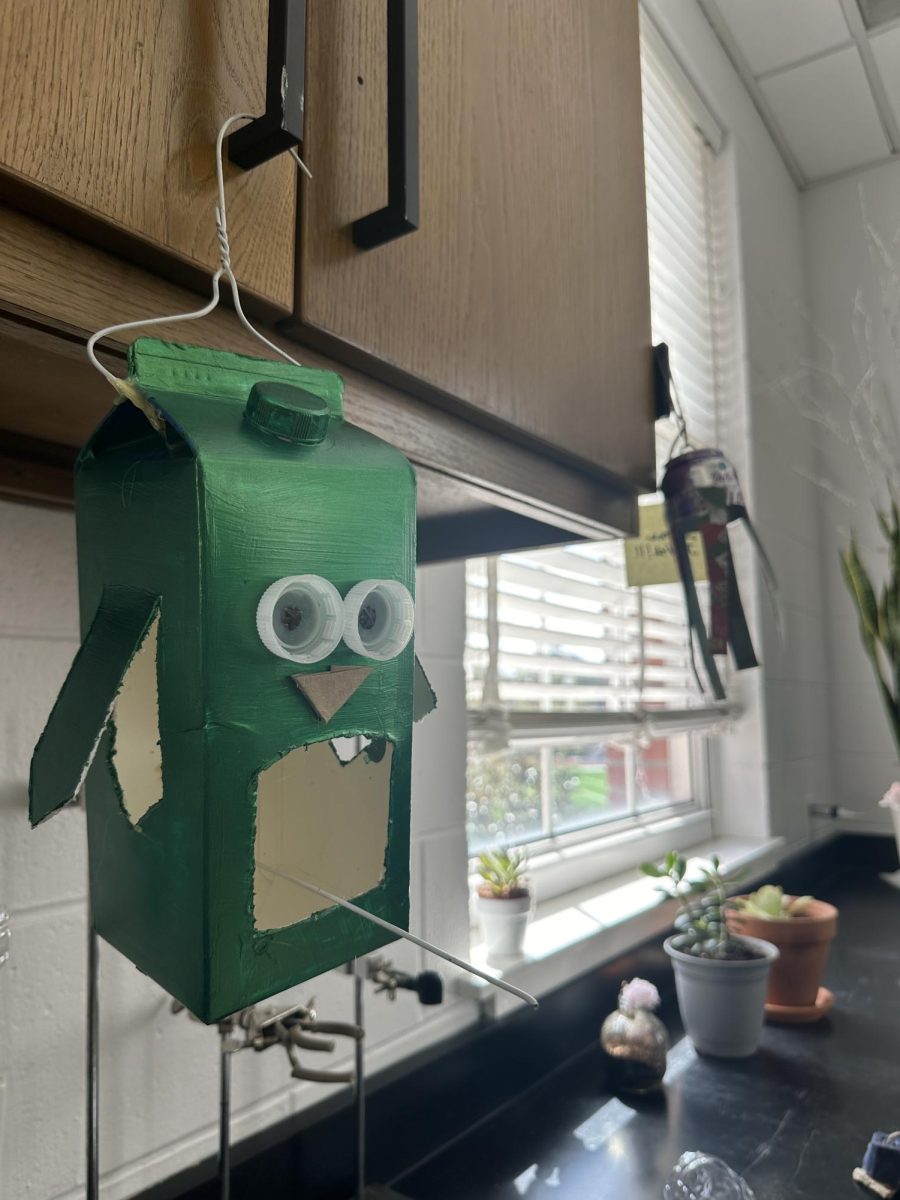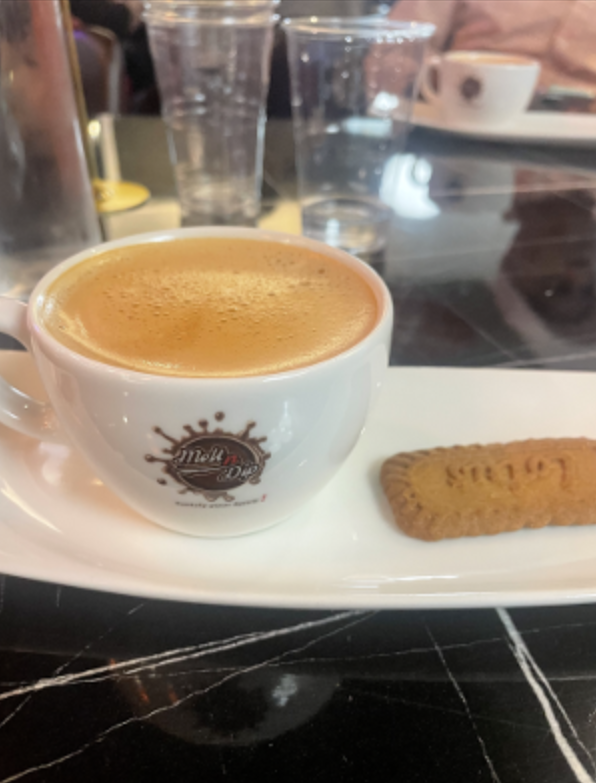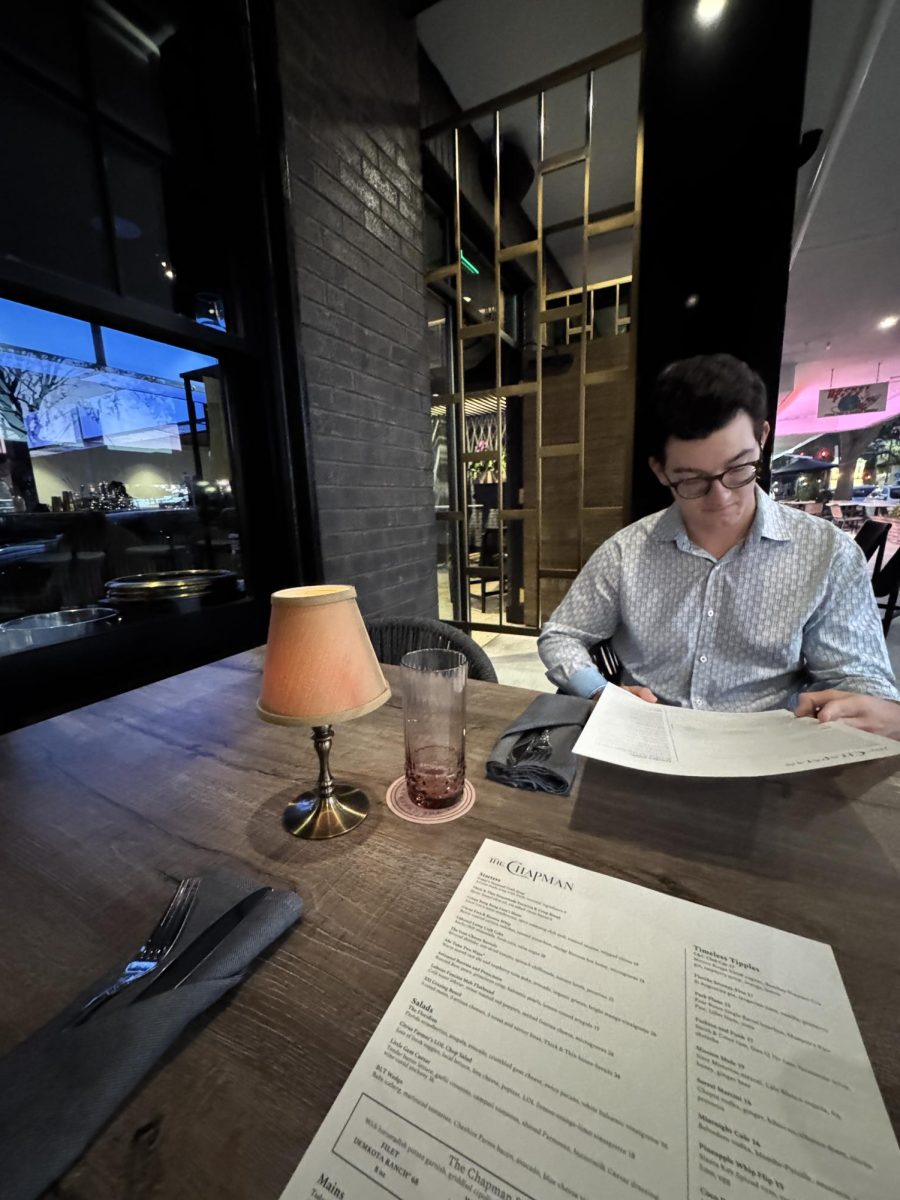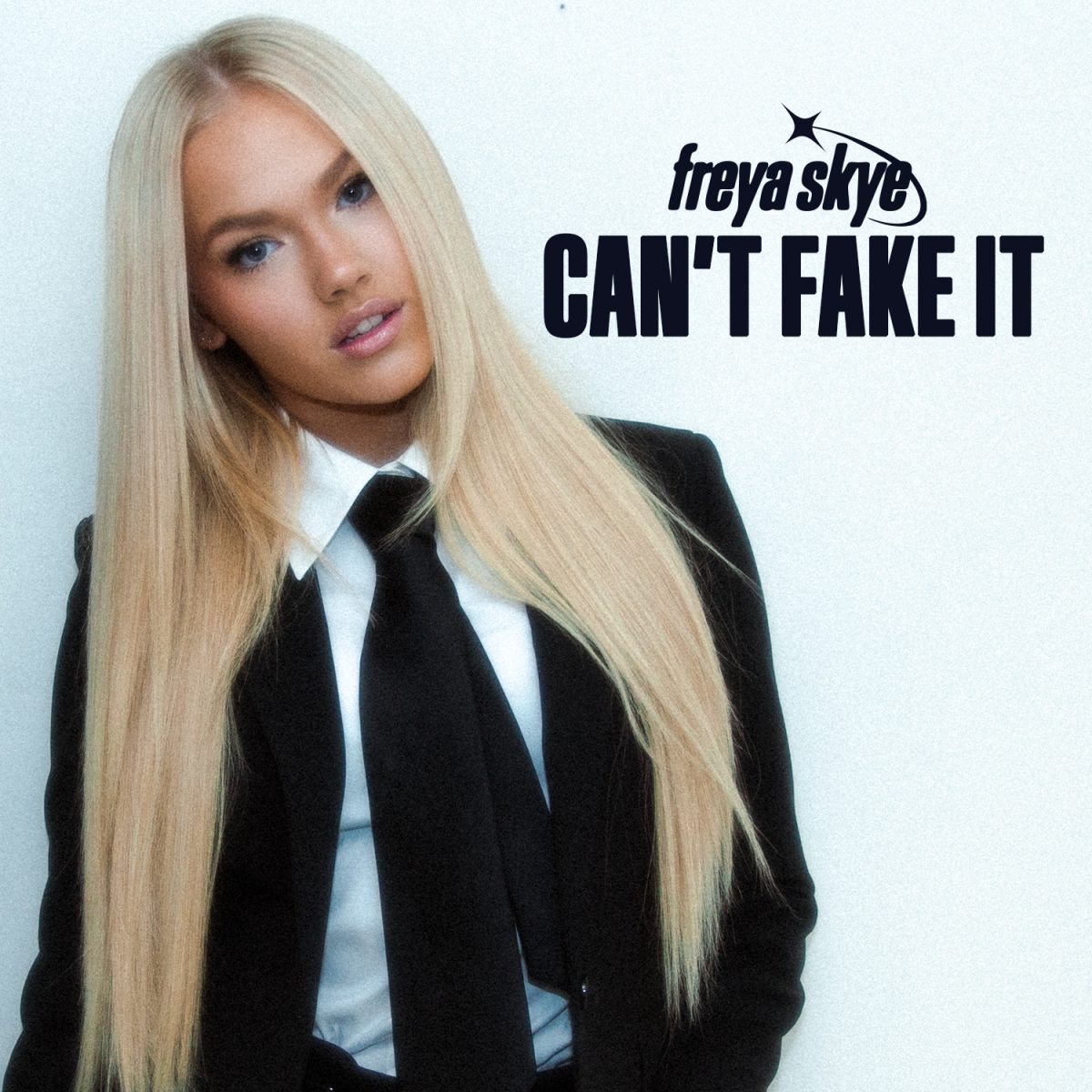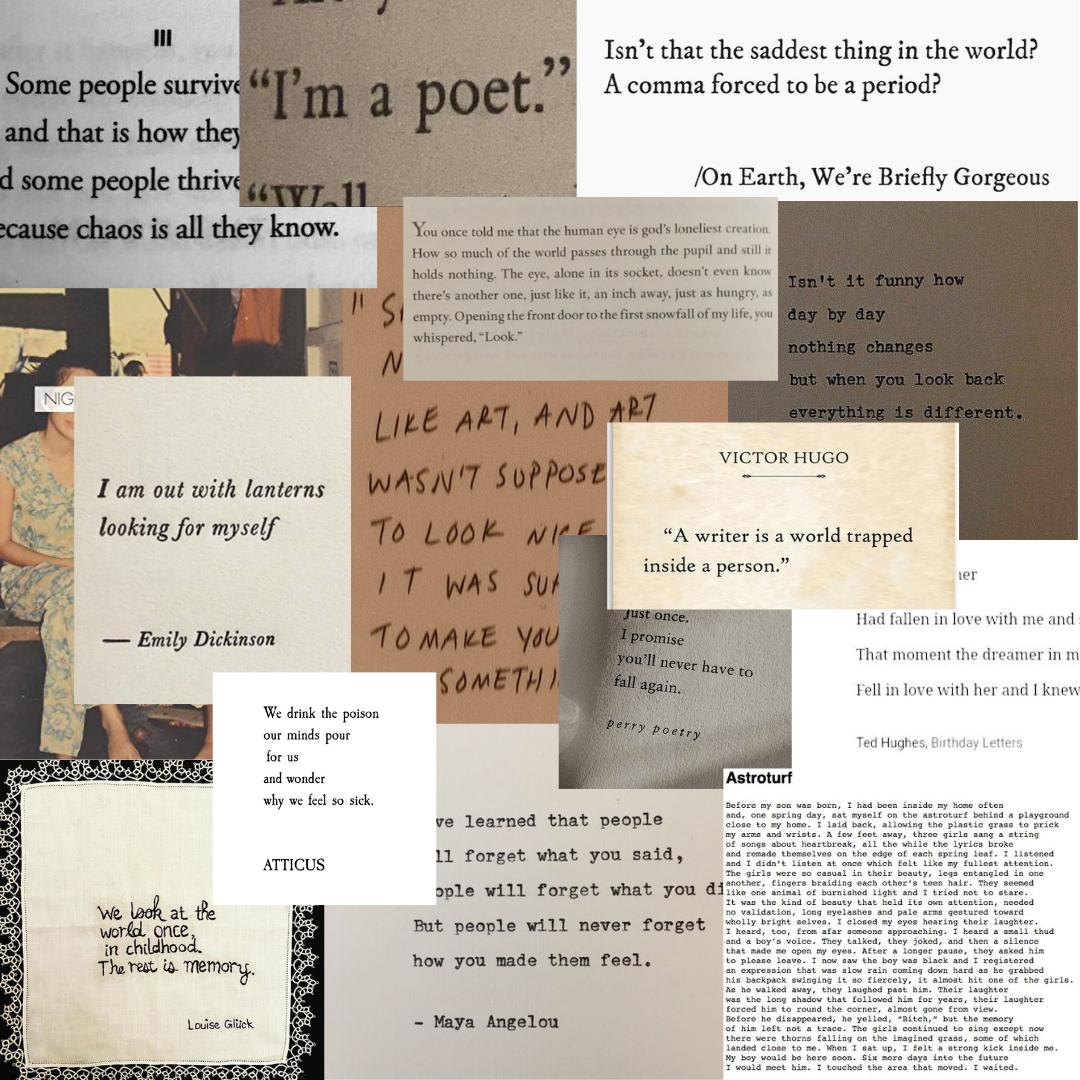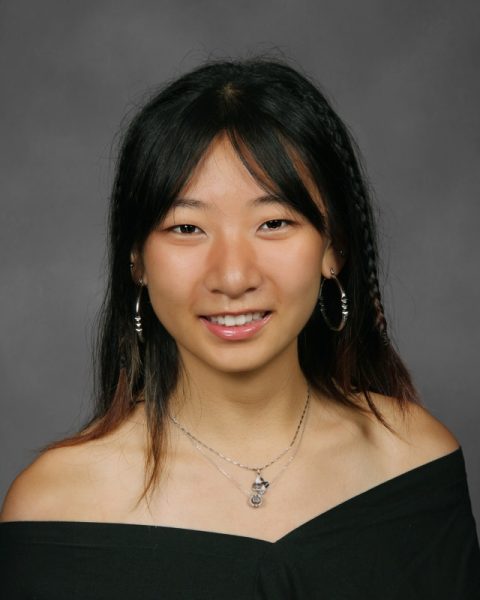When most people think of poetry, their thoughts usually fall into two categories. They either catapult themselves back to 750 BC with Homer and the Odyssey or they fall upon the safety net of Shakespeare in the late 1500s with his sonnets and ballads. In reality, the spectrum of poetry can be extended far wider and longer than most would imagine. In 1884, as Ralph Waldo Emerson said, “Every word was once a poem.” Continuing this line of thought, it was the poets who wrote the first words. From those words came phrases, sentences, and maxims, and thus, a common vernacular was born. The crux of human communication, what we call language, is what Emerson calls, “Fossil poetry.”
Accounting for the 7,139 official languages in the world, there is no conceivable way to do poetry and its history justice. But even to take a bite-sized chunk, say the western canon alone, it quickly becomes evident how deeply poetry has woven itself into the fabric of their age-old records. This plaited thread flourished under the Ancient Greeks, who introduced epics, lyrical prose, tragedies, comedies, and the word root to 30% of the English language. Poetry interwove into France with Provencal literature being the first compositions to be written in a Romance language, helping rare heights of written chivalric, courtly love blossom. Poetry continues to interlace in Italy with the Sicilian School; their poets were courtiers and bureaucrats at the court of Emperor Frederick II. If the great Italian poet Dante is credited as the Father of the Italian language, then Sicilian poetry can be called the mother. Poetry keeps on intertwining with England during the Elizabethan and Shakespearean eras and eventually interthreading into America with contemporary poetry today.
Some might argue that poetry has lost its appeal and doesn’t capture hearts like it once did. It’s true that in the modern world of flashing, swiping, and fast-forwarding, it’s hard to find time to appreciate the subtle sophistication that comes with the written word. In order to truly be captivated by poetry, one’s mind must be clear enough to grasp the emotions that seep softly from the text. Unfortunately, patience doesn’t particularly appeal to the masses, who have been fed a diet of instant gratification. Even in school, poetry is downplayed in favor of more marketable fields such as science, engineering, and math. The pride that comes with pushing oneself to take Advanced Placement classes in STEM doesn’t translate when one tries to challenge oneself in the liberal arts. Even the number of classes offered gives an indication of the interpreted significance of poetry, with a variety of math, chemistry, and physics classes in comparison to a singular class in literature. Without encouragement through education, poetry has become more of a niche interest that fails to hold the attention of a fast-track, goal-driven audience. These people would say that poetry is dead. But that’s only half the story.
It’s hard to find people singing praises about metered verses and lyrical poetry on a daily basis, but that’s only because poetry itself has changed form. It hasn’t died; it’s been reborn. Similarly, just because Baroque melodies aren’t mass consumed, that doesn’t signal the death of music itself. Instead, poetry has shifted to take on the dynamic, condensed, and more emotionally turbulent nature of modern society. Character limits on sites such as Twitter, now known as X, combined with an ever-shortening attention span, have spawned one-sentence poetry. This often all-too relatable form of poetry acts as a shot of truth that is simply plastered to the middle of a blank canvas. With the help of social media, the rise of Instagram poetry has taken the younger generation by storm, spearheaded by Rupi Kuar. This format of poetry combines the easily digestible visual stimuli of an Instagram post with a short form of poetry that is designed to be mass-consumed online. Soon enough, this form of accessible poetry led many to jump on the trend of bypassing publishing rules and taking ownership of their own work. Especially for people of color, this dismantling of the publishing barrier allows for the subjective nature of poetry to become a tool of safe expression. Diverse voices can be heard, while the fluidity of interpretation creates a space that doesn’t call for conformity or definition.
While some may whine about the dismantling of the barriers that sifted through the quality of work, there is no denying that opening the floodgates has led to the revival of modern poetry. Poetry has found a new wave of audiences that leans towards throbbing emotion and bold opinions. Amanda Gorman’s inaugural poem proved the power of the spoken word. The pandemic offered an opportunity for many to experiment with the medium. Especially during times of turmoil, there are calls for methods of cathartic release, a sense of community, and a ruminative headspace. Poetry was able to fill that gap. Whether it’s through combining visual art with words, stunning listeners through slam poetry, or enabling the virality of poetry through social media, poetry is making a comeback.
Certainly, forms will fall in and out of favor, but poetry itself will forever remain an integral piece of humanity. It holds the tapestry of the history of language. As times change, poetry will change as an ode to nature and emotion. If poetry has lost its value, it will only be because humans have lost its capability for awe and self-reflection. Poetry is the lighthouse at the end of a long voyage, shining to us our current condition of the human spirit.
